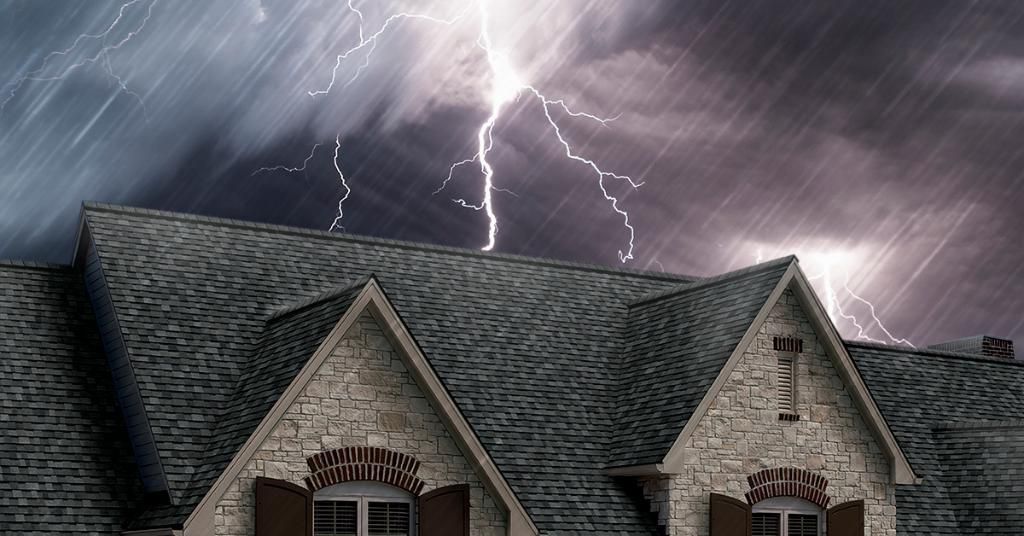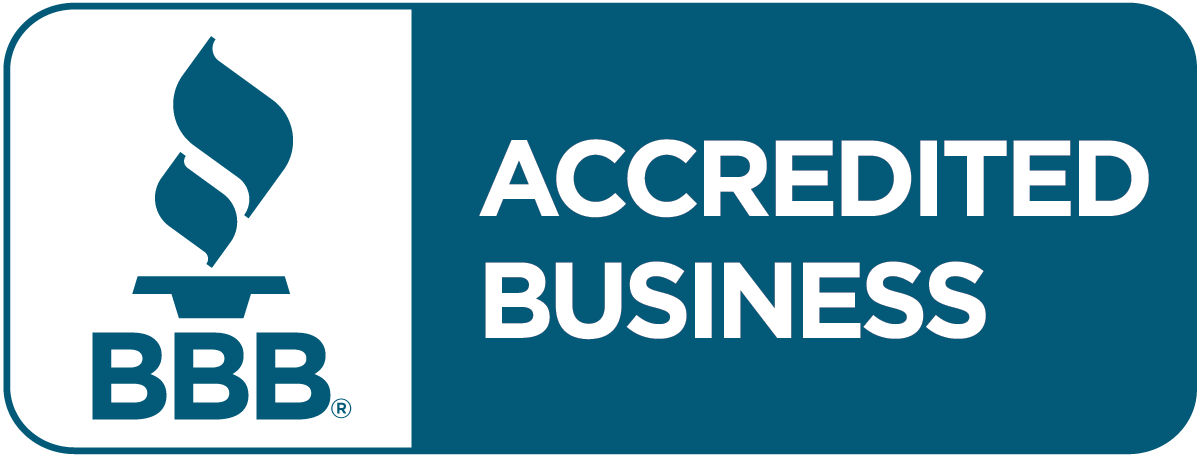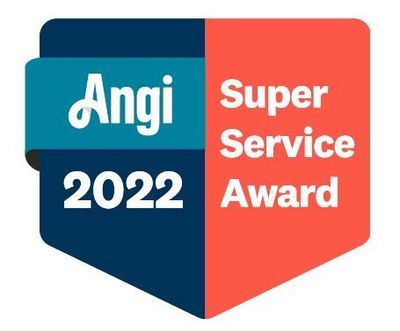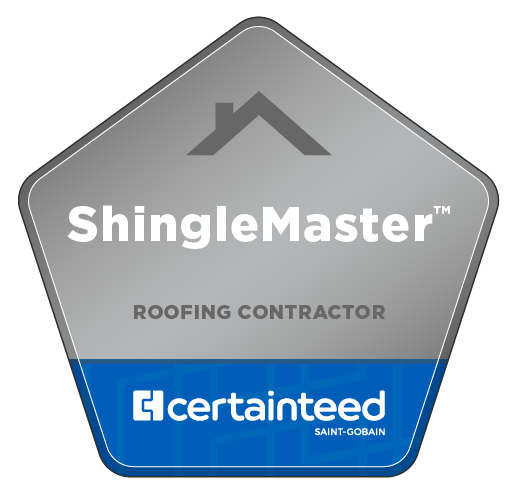How Wind Can Damage a Roof
ASPHALT ROOFING SHINGLES & WIND RESISTANCE

The roof is an easy target for one of Mother Nature’s most unpredictable and powerful forces — wind.
Strong winds can cause sudden, devastating roof damage when a severe storm moves through, but asphalt roof shingles can also be negatively impacted on windy days when there’s no rain, hail, sleet, or snow in the forecast.
If you’re concerned about potential roof damage from the wind on your asphalt shingle roof, here’s a crash course on why it happens, how to spot signs of roof damage, and the lowdown on asphalt roofing shingles that are specifically designed for wind resistance.
How Wind Interacts with an Asphalt Shingle Roof
Wind doesn’t always move in a steady, smooth stream — it swirls up, down, sideways and in circular patterns at various speeds in reaction to temperature and pressure differences in the Earth’s atmosphere, and variations in the land’s topography and terrain.
When wind encounters a structure such as your home, it acts in some fairly predictable ways:
- Wind hitting the side of the home travels up and over the roof with varying degrees of uplift pressure.
- Uplift pressure is the highest at the corners of the roofline, and the pressure is almost as high along the roof edges, which makes these areas particularly vulnerable to wind damage.
- As wind moves across the roof surface, negative pressure – also called suction pressure – is created and may suck up, or lift, shingles off a roof deck.
Factors That Influence How Wind Affects Your Asphalt Shingle Roof
Several factors influence how wind may affect or damage your roof, including its speed and direction when it encounters your home, along with:
- Where your home is situated and the local weather patterns. Your roof is more vulnerable to damage if you live in a hurricane- or tornado-prone area, or where high winds occur frequently.
- Your roof geometry. High-pitched gable roofs with wide overhangs are more susceptible to wind uplift, whereas aerodynamic, four-sided hip roofs are more resistant to damage.
- Other variables. The nailing method used to install the shingles, the quality and strength of the fasteners, and the installation temperature can also play a role in the roof’s ability to resist wind.
- Installation flaws. Misaligned shingles, incorrect nail placement, poorly sealed flashing or the lack of starter strip shingles can all cause increased susceptibility to wind.
- The age and condition of the roof. An older roof with dried-out, cracked or curled shingles or spots where the sealant bond has failed is at a greater risk of being badly damaged by the wind.
- Previous damage that hasn’t been addressed. A roof that has existing issues, such as broken shingles, missing shingles, and/or missing flashing, is more likely to incur wind damage over time or suffer extensive damage during a severe storm.
Signs of Wind Damage on Asphalt Shingle Roofs
Some signs of roof wind damage are more obvious than others. After a severe weather event, significant wind damage to a roof may be highly visible, such as:
- A puncture from a fallen tree limb
- Large swatches of exposed underlayment where shingles have been blown off
- Mangled or missing sections of flashing, or
- Missing hip and ridge shingles
- Other signs may be subtler, but you can spot them if you know what to look for both indoors and out. As always, keep safety in mind with anything you do and wear appropriate protect ive gear. If you are unable to safely check your home’s exterior or interior for signs of roof damage, please contact a professional roofing contractor.
Outdoor Evidence of Roof Damage
Walk your home’s perimeter to check for pieces of shingles and scan the roof for:
- Areas where shingle edges look slightly raised, which tells you the seals may have been broken
- Narrow lines near the shingle edges which can indicate they may have been flipped up and creased
- Scratch marks across the roof field where wind-borne debris has raked across the roof
- Damaged ridge or soffit vents
- Cracked or gaping chimney flashing
- Curled, torn or raised shingles along the roof edges
- Deposits of debris such as tree branches or broken glass on the roof or in the gutters
Indoor Evidence of Roof Damage
You can check for potential signs of wind damage inside your home by inspecting your attic and finished living areas. As always, keep safety in mind with anything you do. When going up into your attic be sure to have a sturdy walking path and wear appropriate protective gear. Again, if you’re unable to do this safely, please contact a professional roofing contractor.
How to check your attic for signs of roof damage:
- Go up to the attic while it’s still light outdoors.
- Use a flashlight to check for water leaks and stains on the underside of the roof or signs of water damage on the floor.
- Turn the lights off and scan the roof decking for any areas where daylight is shining through that could indicate damage has occurred above.
In your finished living areas, look for discolored patches on the ceilings and walls that warn you that water is getting in through wind-damaged areas on the roof.
Asphalt Shingles Designed for Wind Resistance Can Help Minimize Your Risk of Roof Damage
The main methods of testing how a shingle performs when exposed to wind are standardized to help consumers choose a shingle that offers the greatest level of protection for their home.
Wind resistance is classified according to one or both standards published by ASTM International:
ASTM D3161
ASTM D3161, or the Standard Test Method for Wind Resistance of Steep Slope Roofing Products (Fan-Induced Method). This testing method measures a shingle’s ability to withstand fan-induced wind speeds and includes three classifications:
- Class A for shingles that passed testing at 60 mph
- Class D for shingles that passed testing at 90 mph
- Class F for shingles that passed testing at 110 mph
ASTM D7158
ASTM D7158, or the Standard Test Method for Wind Resistance of Sealed Asphalt Shingles (Uplift Force/Uplift Resistance Method). This standard assigns a classification to individual shingle products based on their resistance to uplift forces when tested at specific wind speeds:
- C lass D resist uplift at wind speeds up to 90 mph
- Class G resist uplift at wind speeds up to 120 mph
- Cl ass H resist uplift at wind speeds up to 150 mph
Asphalt roofing shingles in the market generally all carry the same wind resistance classifications: ASTM D3161 Class F and ASTM D7158 Class H. However, warranted wind coverage varies by individual product, so be sure to check the manufacturer’s product information, warranty details, and installation guide.
A manufacturer’s installation guide and warranty details will specify how shingles must be installed in order to achieve warranted wind coverage for specific wind speeds.
Your city, town or municipal planning office can advise you on which level of resistance is needed to meet local building codes. Then, you simply must check the product label on a shingle’s wrapper to find its ASTM D3161 or ASTM D7158 wind resistance classification.
To learn more about our products designed for enhanced roof wind resistance, including our Duration® Series Shingles with patented SureNail® Technology, get in touch with us at Ohio Exteriors!
Source: Owens Corning
For patent information, please visit owenscorning.com/patents. Copyright 2020 Owens Corning. All Rights Reserved.
Contact Ohio Exteriors Today for Your Home Renovation Needs
If you want top-quality products and uncompromising customer service, make Ohio Exteriors your trusted Columbus contractor today. Call us at
(614) 683-2267 or submit our online request form for more information.









